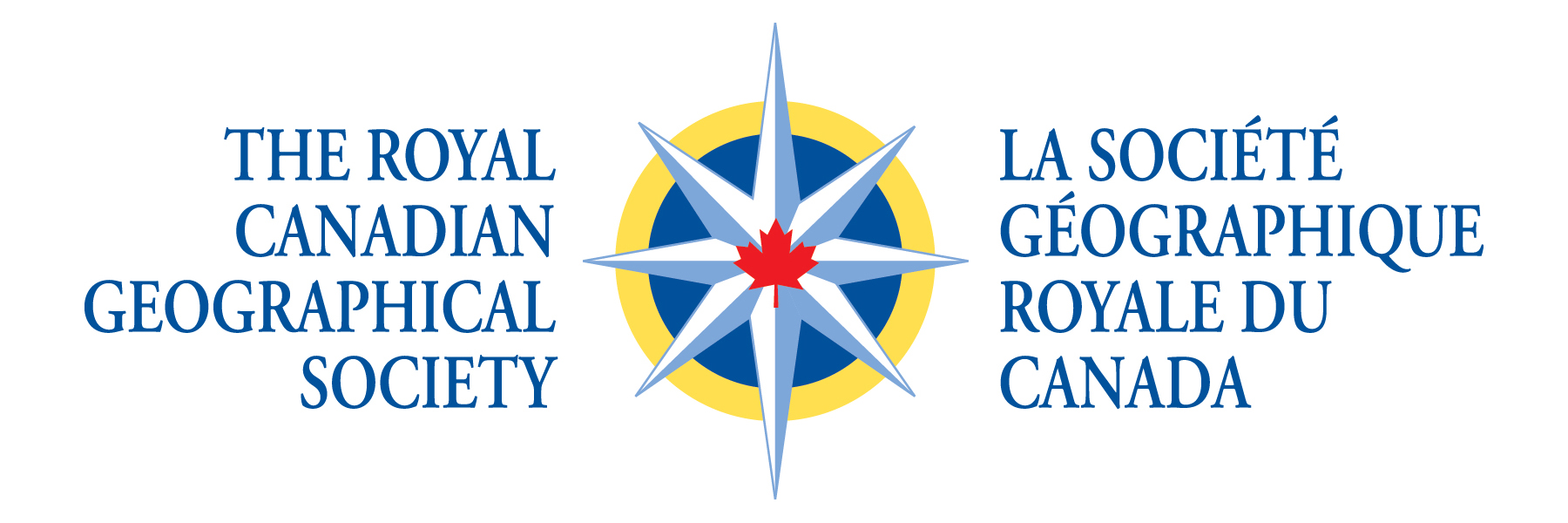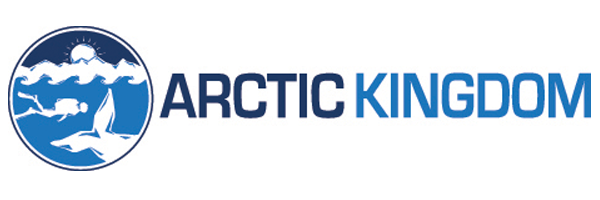
Sponsored by the Royal Canadian Geographical Society, the Arctic on the Edge/L’Arctique à la limite Expedition documents the life cycle of ice from Greenland to Baffin Island, south down the Labrador Coast, ending in Newfoundland.
The polar region is warming more than twice as fast as the rest of the planet. That means that our northern geography is changing faster than anywhere else on earth. The scientific journal Nature reported in April 2017 that the Arctic is 3°C warmer now than baseline data from 1971 to 2000. The evidence is clear. The Arctic is undergoing a massive transformation at a time when we have barely documented what lies at the interface between the sea rapidly depleting ice. Arctic on the Edge will take a close look at the journey of sea ice and how it is transforming humanity and the natural world.
The story of sea ice begins in Greenland where glacial deposits meet calving grounds along the coast. In sheltered inlets, bays and fjords, glaciers march towards the ocean and break off into the sea. From there, they begin a voyage across the Davis Strait to Baffin Island and then, after a winter of sojourn, they continue south along the Labrador Coast to Newfoundland. In early 2017, reports indicate that ice conditions between Newfoundland and southern Labrador were the worst in recorded history hampering shipping and fishermen from their normal routes.
The Canadian Ice Service reported above normal ice melt in 2016, generally occurring 1-2 weeks ahead of normal across most of the Canadian Arctic, with some regions remaining 2-3 weeks ahead through the summer. By early September, ice cover was the third-lowest on record, behind 2012 and 2011. With changing ice conditions comes a change in the way of life for people and wildlife in the Arctic.
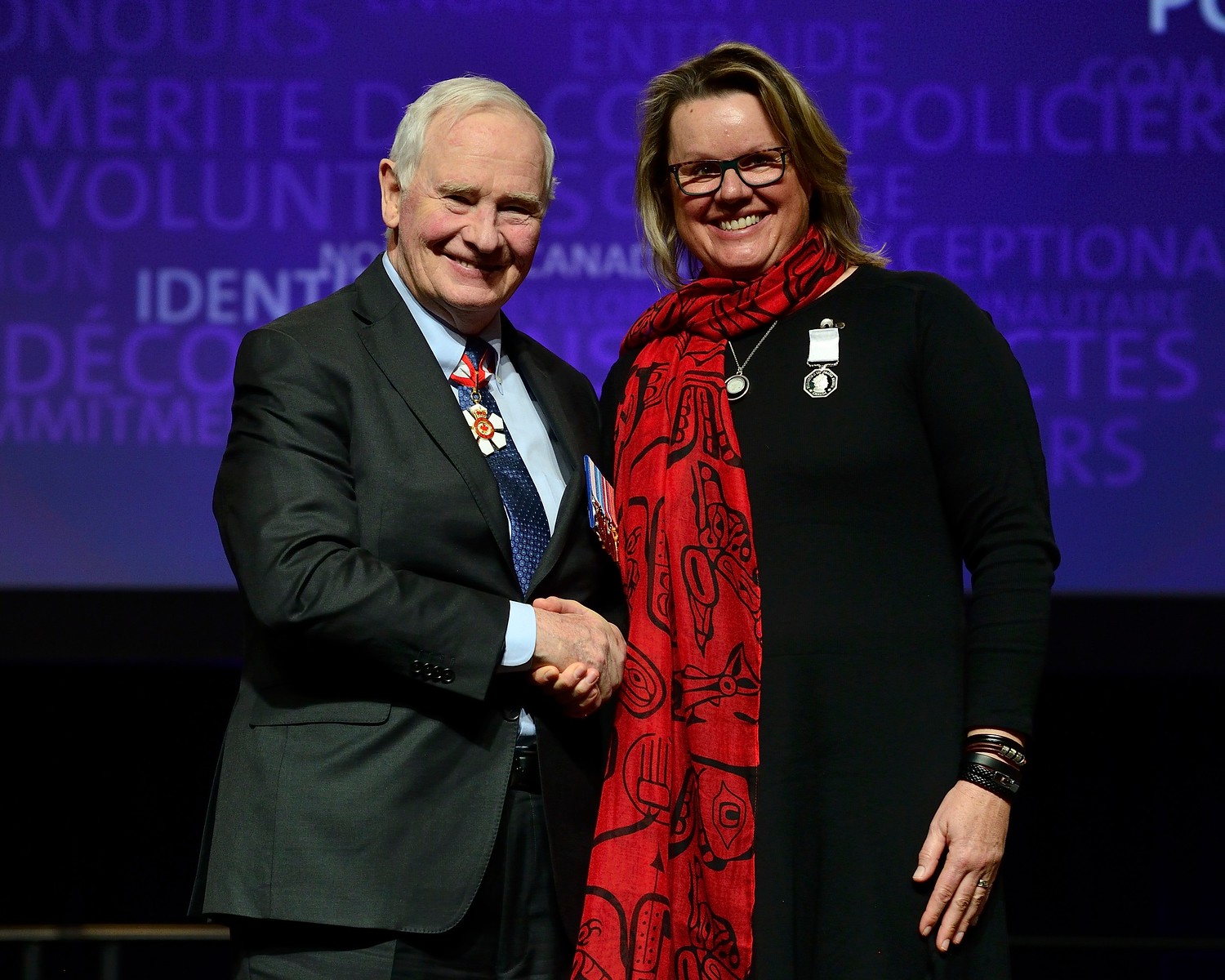
In March 2017, Jill Heinerth was presented with the Polar Medal by the Governor General of Canada at a ceremony in London, Ontario. The Polar Medal celebrates Canada’s northern heritage and recognizes persons who render extraordinary services in the polar regions and in Canada’s North. As an official honour created by the Crown, the Polar Medal is part of the Canadian Honours System.
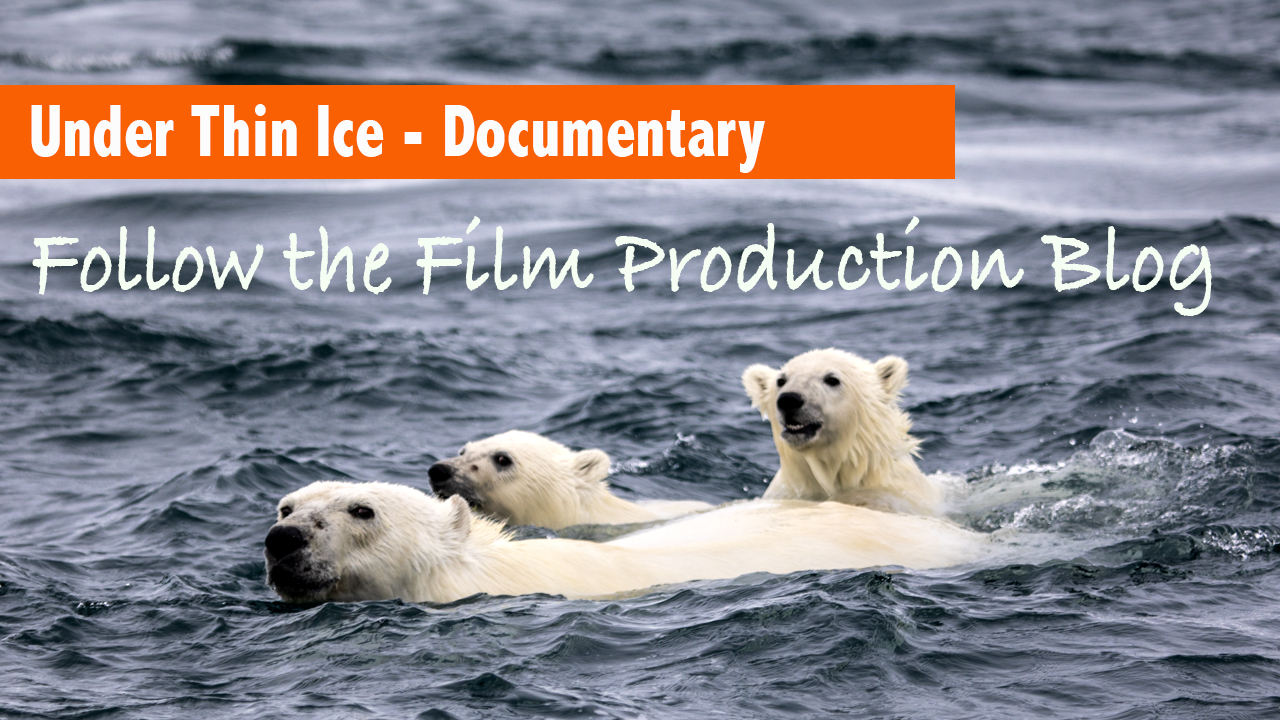
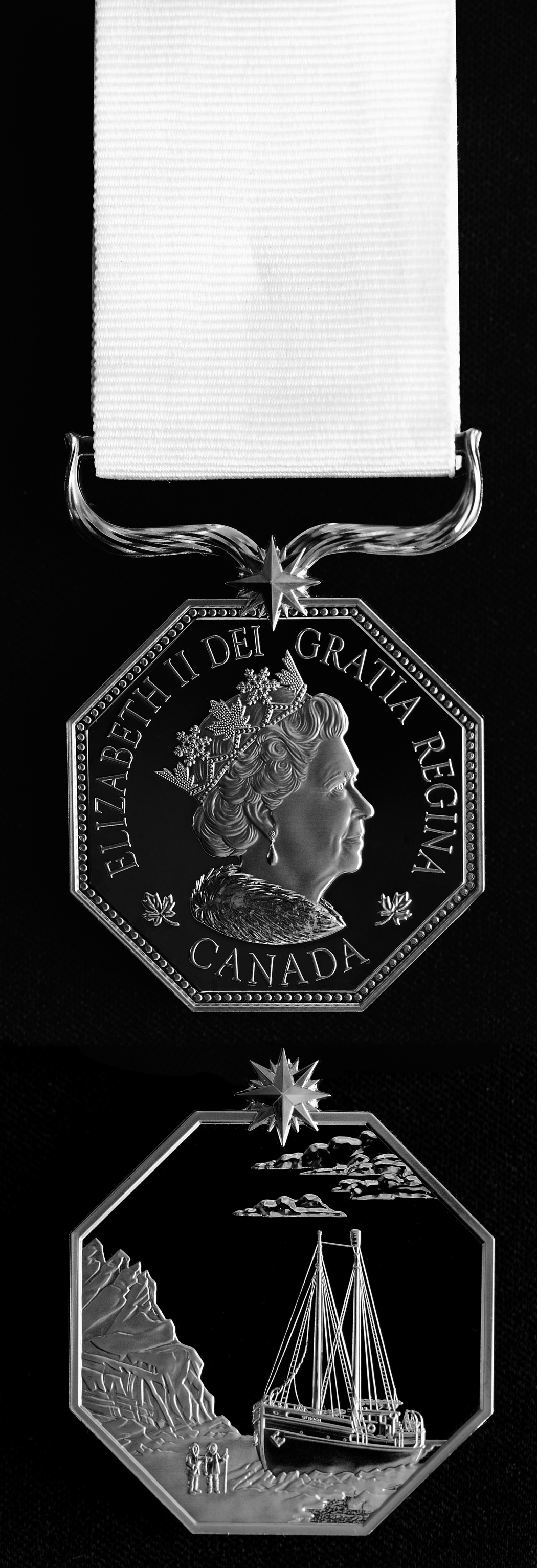
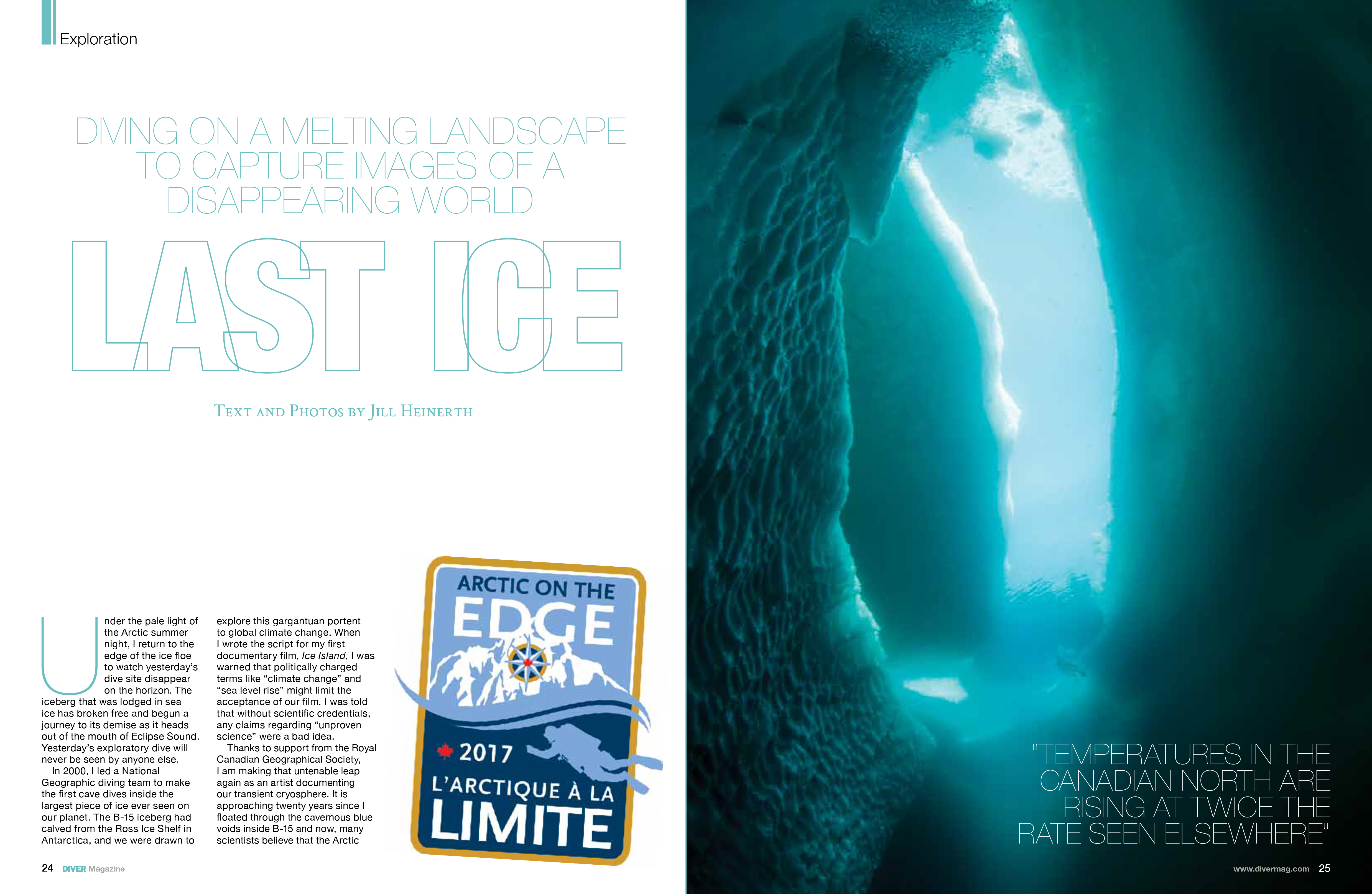
READ: Last Ice in DIVER Magazine Diving the transitional environments of Bylot Island by Jill Heinerth
It is a journey just to begin an expedition and it requires the help of a lot of people. Staging equipment can be monumental in and of itself. In order to conduct diving activities in Southeast Bylot Island, Nunavut, a lot of logistics came together. Arctic Kingdom has already staged a camp on the edge of the ice floe. They have also shipped a compressor and tanks to the camp and all the equipment we will need for support from food to shelter. Canadian North and Nunavut Tourism have sponsored an airline ticket to reach Pond Inlet. I am extremely…
The extent of the cover of sea ice at both poles keeps reaching new records. According to NASA, the Arctic sea ice reached a record low wintertime extent on March 7, 2017. It was the same situation on the other side of the world when Antarctic sea ice levels were documented to reach its lowest extent recorded since satellites began to measure these parameters in 1979. What is even more troubling is that what remains is even thinner than before. Sea ice plays many roles in the health of our planet. When sea ice melts, nutrients are released into the…
While speaking at the Vancouver Aquarium, I took a moment to speak to CBC Radio about how to deal with fear. I’ve used this to stay alive in underwater caves, but these lessons will serve you any time your worst nightmares come true. Read and listen here.
May 4, 2017. Toronto, Canada –Penguin Random House Canada is proud to announce the signing of a four-book deal with renowned underwater explorer Jill Heinerth. The first of two adult titles, Into the Planet, is scheduled for publication by Doubleday Canada in Fall of 2018. The first of two children’s books with Tundra Books will follow in 2019. Literary agent Rick Broadhead of Rick Broadhead & Associates completed the deal. More people have walked on the moon than have been to some of the remote places Jill Heinerth has explored on earth. Jill is a veteran of over twenty years…
National Geographic Photo Editor Sadie Quarrier recently recognized 9 remarkable women for their skills as adventure photographers. What does it take to be an adventure photographer? Quarrier notes that “you need stamina, expert skills in a sport, and the ability to work under extreme conditions, often with a team. You’re the last to bed and the first to rise. Your free time is spent downloading and organizing thousands of photos and videos. The role can be both physically and creatively draining. For female adventure photographers, it can also be a challenge to break into this male-dominated niche.” Read the full…
Please considering supporting:
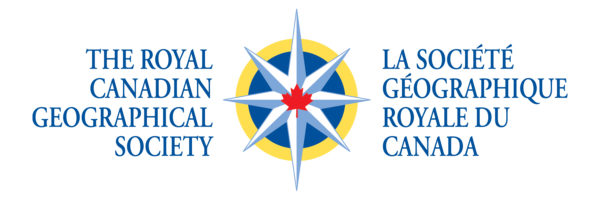
Climate Regulation
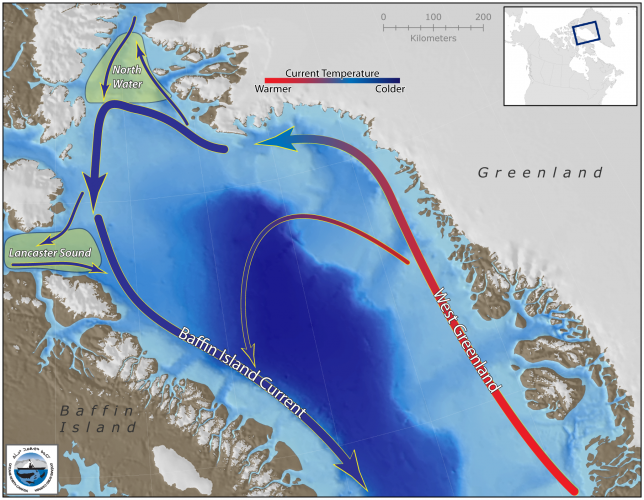
Ocean currents transport warm water and precipitation from the equator to the poles and cold water from the poles back to the tropics on a global conveyor system that regulates the world’s climate.
Deep Ocean Circulation
Deep-ocean currents and atmospheric circulation work together to transport massive amounts of heat and salt around the globe. Sunlight warmed water at the equator flows into the North Atlantic, where it is cooled and becomes saltier through evaporation. Cold, salty water is heavy and drops to the seafloor forming a massive undersea river. The deep water flows through the world’s oceans on a current-driven conveyor, rising in places where winds sweep away warm surface water. Freshwater evaporated from the Atlantic falls as rain on the Pacific, diluting the upwelling salty water with freshwater and restoring balance.
Surface Ocean Currents
The wind drives surface currents and in turn, influences atmospheric circulation. Both ocean and atmospheric circulation are shaped by the spin of the Earth. Surface currents form massive circular patterns called gyres that, because of the Earth’s rotation, flow clockwise in the northern hemisphere and counterclockwise in the Southern Hemisphere. Currents, on the edges of the gyres, carry warm tropical water to higher latitudes and cold polar water to the lower latitudes.
Loss of Sea Ice
NASA’s cryospheric scientist Dr. Walt Meier narrates this important visual. documenting changes in Arctic sea ice between 1984 and 2016. An updated version of this visualization can be downloaded in HD here.
The Problem
Global ice cover has been deteriorating for a long time. Over 50,000 years ago, the world’s ice sheets were so large that they held enough water to lower the world’s water level almost 400 feet. But around 25,000 thousand years ago, the ice sheets started melting, and shorelines slowly receded inland by as much as one hundred miles. Some of those remarkable ice sheets are still melting today at an ever accelerating rate, and the fate of ice sheets in Greenland and Antarctica will dictate the future geography of our planet.
The population of the planet is nearing 8 billion with hundreds of millions of people living on coastlines that provide real estate and resources, all within a few feet of current sea levels.
